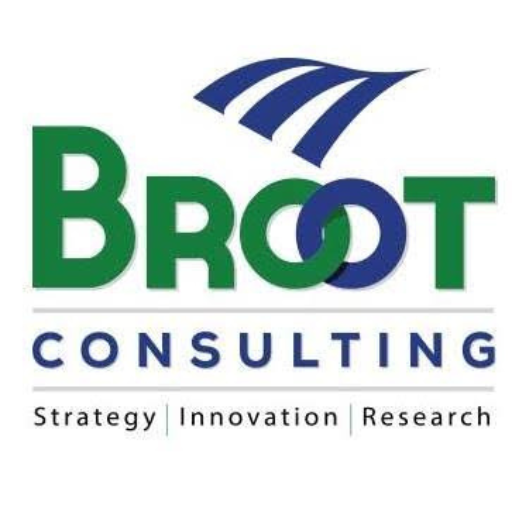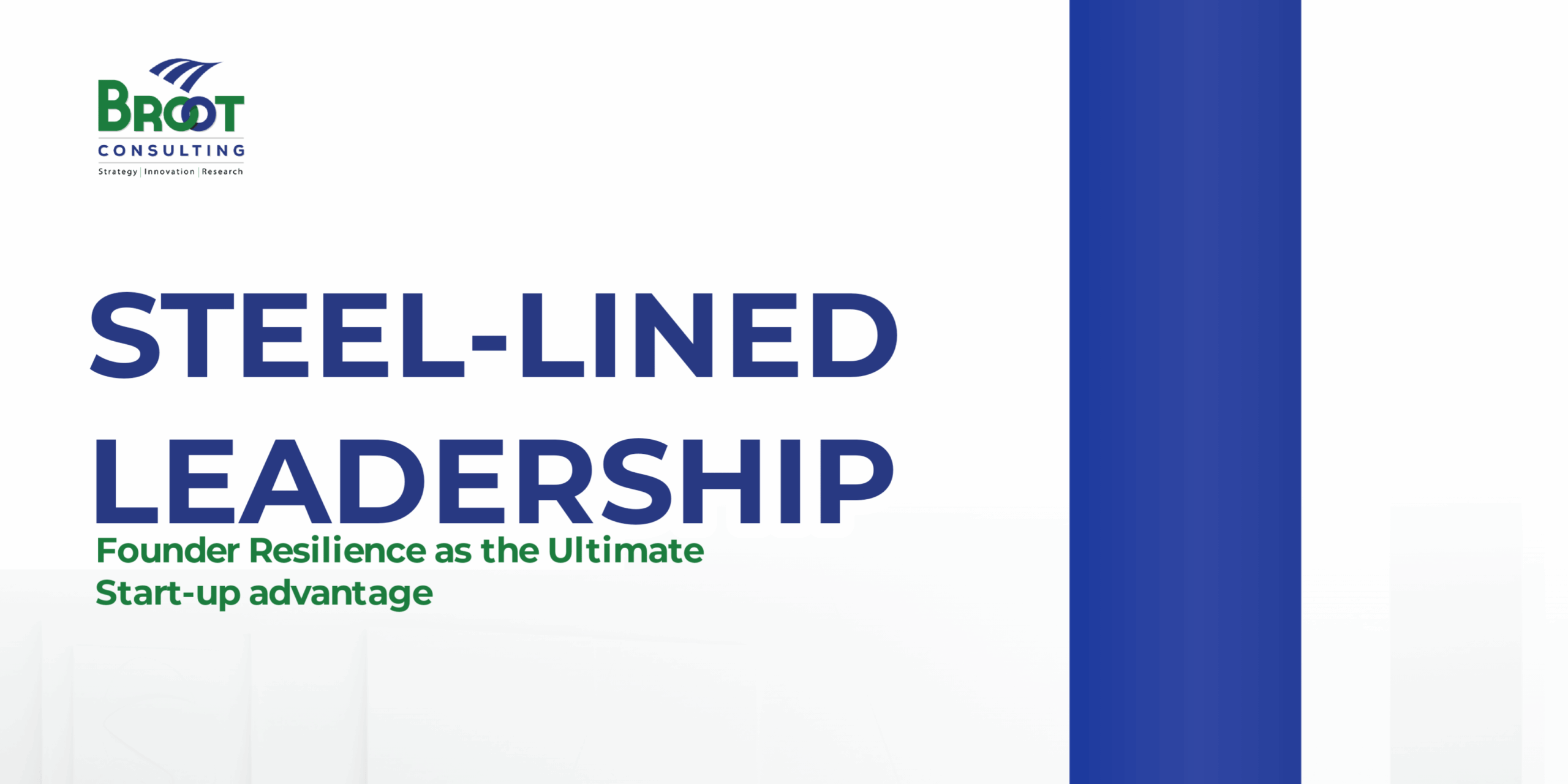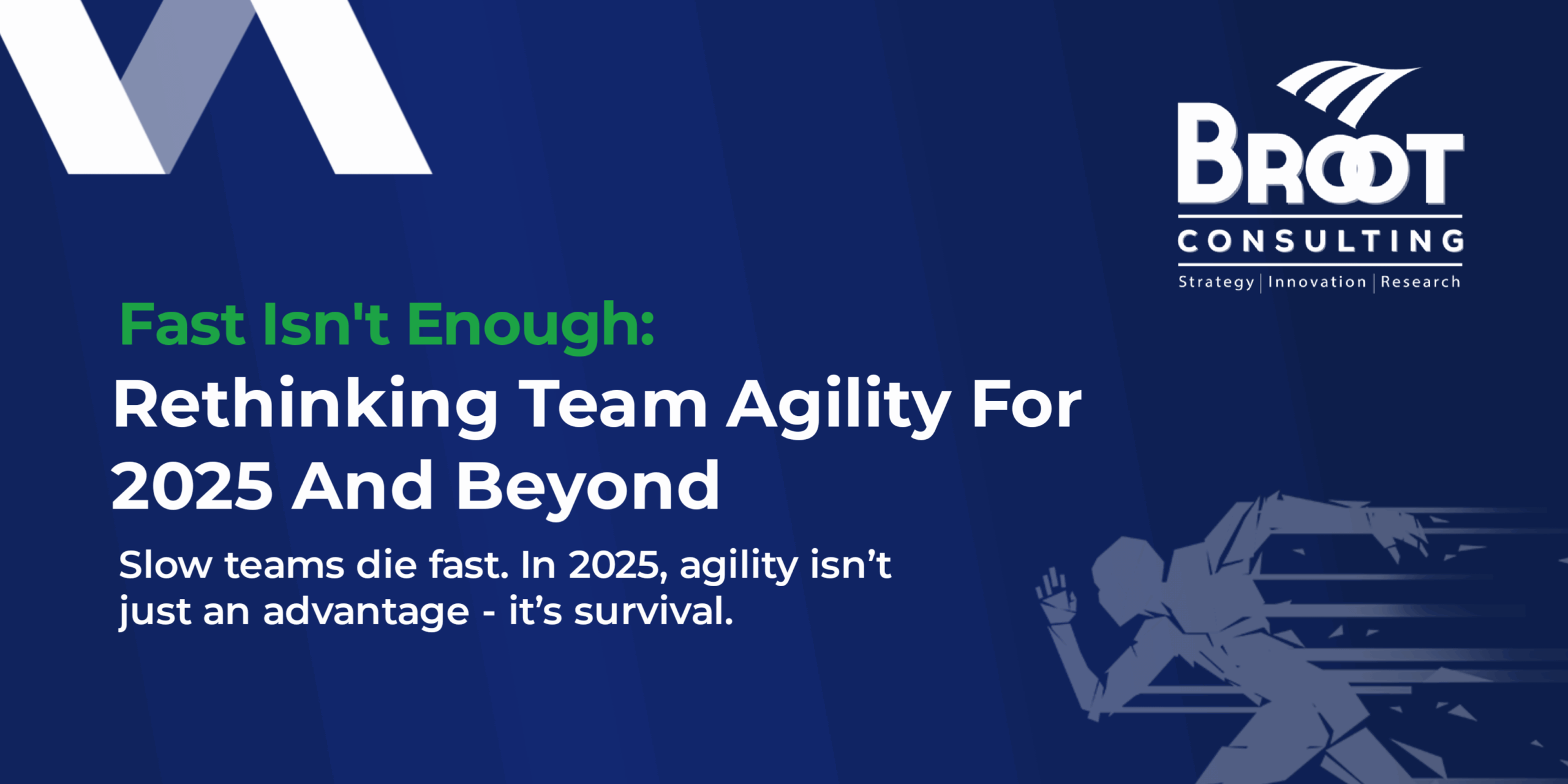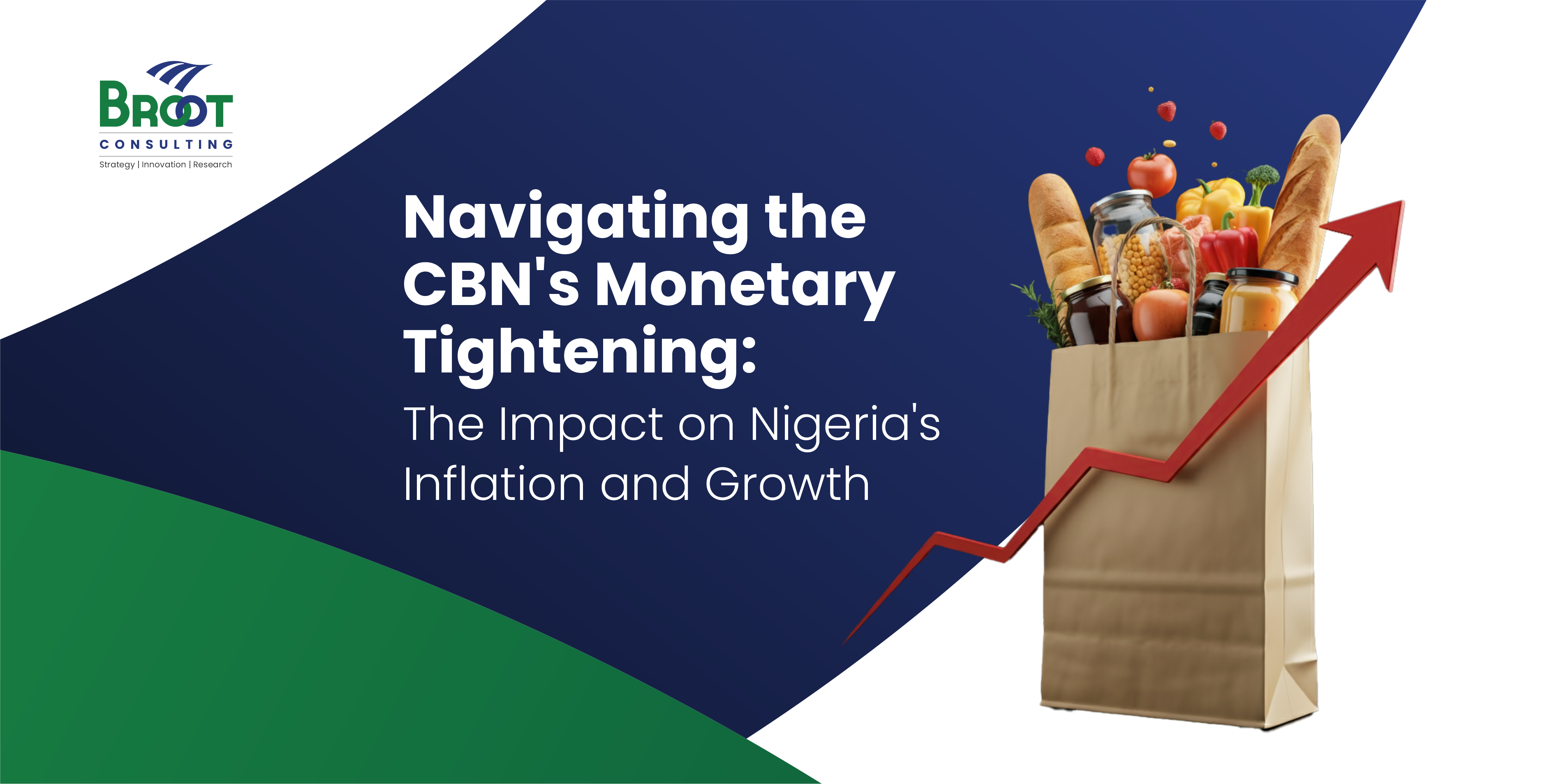A recent Korn Ferry report states that 83% of organizations have accelerated their DE&I efforts over the past two years in response to social unrest and pressure from employees, customers, communities and their boards.
The World Business Council for Sustainable Development (WBCSD), in its “Vision 2050: Time to Transform” report, highlights three profound challenges the world is currently facing: the climate emergency, nature loss, and increasing levels of inequality. Among these, inequality – encompassing wealth, income, and overall well-being disparities – is particularly critical. Its pervasive effects often impede efforts to address other global issues. Essentially, resolving inequality could lead to significant progress in solving many of the world’s problems, especially considering inequality’s deep impact on mental health and human functionality.
Individuals often tie their self-worth and social standing to their employment and financial status, so the corporate sector becomes a pivotal arena for addressing these issues. By embracing and implementing Diversity, Equity, Inclusion, and Belonging (DEI&B) in the workplace, companies can create more equitable and supportive environments. This corporate commitment not only benefits the organizations in terms of productivity, innovation, and employee satisfaction but also has a broader societal impact.
The emphasis on DE&I in corporate spaces is not just about enhancing a particular company’s operational efficiency or culture; it’s about setting a standard and precedent that can ripple through society. In doing so, businesses play a crucial role in tackling inequality, contributing to a healthier, more sustainable, and equitable world.
The initiatives companies take towards DE&I are thus doubly beneficial: they improve the immediate environment for employees and stakeholders and contribute significantly to global efforts to address deep-rooted societal challenges. As organizations accelerate their DE&I strategies, they not only foster a more successful business model but also substantially contribute to addressing one of the most pressing issues identified in WBCSD’s vision for 2050.
Extensive research indicates that organizations with deeply integrated diversity, equity, and inclusion (DE&I) practices within their culture and ethos tend to outperform their competitors in several areas. Studies reveal that companies committed to DE&I are 70% more likely to enter new markets successfully and 75% more likely to transform ideas into products. Additionally, when inclusively managed, diverse teams are more proficient in tackling complex challenges. Firms with higher-than-average diversity scores report a 19% increase in revenue from innovation, and it has been observed that diverse and inclusive teams make superior decisions 87% of the time.
DE&I is a central component in ESG, especially the “S” in ESG. Also, the market system rewards companies with clear frameworks for implementing DE& I. In a recent analysis conducted by CNBC and a survey by Monkey, nearly 80% of US workers said they want to work for a company that values diversity, equity, and inclusion.
In a recent global survey by AON, which covers 55 countries, including Africa, with over 1500 compensation and benefits and DEI Leaders, there is an increasing interest in DEI. It is fascinating because low-income countries with high unemployment and employer-dominated markets are not left out in lending their voices to the importance of DEI.
A recent study by PEW Research sheds light on how African workers perceive DE&I efforts in their workplaces. Three in ten workers consider it extremely or very important to work in an environment with a mix of employees from different races, ethnicities, and ages. Approximately one-quarter express similar sentiments about having a workplace with an equal mix of men and women. 54% of workers believe their organization pays adequate attention to increasing DE&I. Only 14% feel their company pays too little attention. From race demographics, Black workers particularly support DE&I efforts, with 78% considering them a positive development. In contrast, white workers show less enthusiasm, with only 47% supporting DE&I. Gender Differences: when it comes to perception based on gender, men are more than twice as likely as women to perceive DE&I as a negative thing (23% vs. 9%). These insights highlight the growing momentum of DE&I initiatives in African workplaces, emphasizing the need for continued progress
The advantages of embracing Diversity, Equity, Inclusion, and Belonging (DEI&B) include tapping into a diverse range of talents, enhancing employee engagement and trust, fostering innovation with fresh perspectives, achieving greater return on investment in human resources, driving improved business outcomes and profitability, and contributing to a better world overall.
Differentiating and Connecting DEI&B
Diversity: Diversity refers to the range of individual differences, encompassing cognitive and physical attributes. It goes beyond ethno-racial or cultural aspects, capturing the full spectrum of what differentiates people within a population. This encompasses a variety of identifiable characteristics such as race, color, gender identity, gender expression, religion, sex, sexual orientation, physical and intellectual abilities, socio-economic status, and political beliefs.
In the context of the workplace, diversity implies having a workforce composed of individuals with varied perspectives and backgrounds. This variety enriches the workplace environment, bringing new viewpoints and experiences to the organizational dynamic.
Equity is not the same as equality. Equity is about achieving fairness and just outcomes, ensuring all individuals have access to equitable resources, opportunities, and treatment. In the workplace, equity means recognizing and valuing employees for their knowledge, skills, and abilities rather than their characteristics or social affiliations. It involves providing each employee with tailored attention and support that cater to their unique needs, enabling them to thrive professionally.
While the advantages of embracing diversity in the workplace are often measurable, quantifying the benefits of equity within an organization can be more challenging.
Gallup has studied the topic of employee engagement for over 50 years. According to Gallup’s report, statements like this reflect equity:
- I have the materials and equipment I need to do my work right
- In the last seven days, I have received recognition or praise for doing good work
- This last year, I have had opportunities at work to learn and grow
Inclusion: Inclusion means that every individual in a diverse group feels involved, valued, respected, treated fairly, and integrated into the cultural fabric of the organization. Establishing an inclusive company culture is centered on empowering employees and recognizing their unique contributions. Inclusion not only appreciates but also leverages diversity.
For managers, fostering an inclusive team involves recognizing personal biases, actively listening to team members, and acknowledging their distinct contributions. Such inclusion results in a team characterized by cohesiveness and connectedness, where members form stronger bonds. To build an inclusive team, managers should practice active listening, understand their team members’ biases, and value the unique skills each person brings. Every team member adds distinct value, and acknowledging this fact is crucial.
Team members should ideally complement one another, highlighting how diversity facilitates inclusion. For organizations to effectively embrace diversity, it needs to be a deliberate part of their strategy, particularly in recruitment. When building a diverse team, it’s important to seek a range of skill sets that complement each other rather than recruiting individuals with identical skills. This approach ensures a rich, varied team capable of tackling challenges from multiple perspectives.
Belonging is the sense of deep connection, security, and community. It’s about experiencing an unreserved sense of being at home. Belonging fosters a culture of trust and represents the pinnacle of our efforts in Diversity, Equity, and Inclusion (DE&I). In the workplace, a genuine sense of belonging is the most profound level of engagement that can be achieved. When DE&I is effectively implemented, employees feel more connected and productive. Ultimately, the true result of embracing Diversity, Equity, and Inclusion is fostering a sense of Belonging.
No piece of the puzzle should be left out. When diversity exists without equity and inclusion, it can cultivate a harmful workplace atmosphere. Similarly, prioritizing inclusion without ensuring diversity may result in a stagnant, uncreative corporate environment. Employees might feel isolated and unsupported if deliberate steps aren’t taken to promote diversity and inclusion.
Good Practices Towards Attaining DEI& B
To effectively nurture diversity and inclusion within the workplace, it’s crucial to implement a comprehensive approach:
- Develop Objective Standards: Create clear, unbiased criteria for all workplace processes, including performance evaluations, promotions, and task assignments. This ensures decisions are made fairly based on merit rather than subjective judgments.
- Recognition and Rewards: Consistently celebrate and reward the achievements of employees. This not only boosts morale but also reinforces the value of diverse contributions. Acknowledging a variety of successes and milestones promotes an inclusive culture.
- Cultivating Psychological Safety: Foster an environment where employees feel safe to express their thoughts and ideas without fear of negative consequences. This involves encouraging open dialogue, respecting different viewpoints, and handling disagreements constructively.
- Incorporating D&I in Hiring and Beyond: Ensure diversity and inclusion principles are woven into the fabric of the organization, starting with recruitment. This includes diverse hiring panels, bias-awareness in interviews, and inclusive onboarding processes. Extend these principles to all organizational practices and policies.
- Documenting Best Practices: Develop and maintain a written record of best practices for diversity and inclusion. This documentation should be a living resource, regularly updated to reflect new insights and changes in the workplace or societal norms.
- Building Trust and Open Communication: Create a workplace culture where employees feel valued and safe sharing their thoughts. Encourage team members to speak up and ensure their voices are heard and considered. This can be facilitated through regular team meetings, open-door policies, and ensuring leadership is approachable and responsive.
- Regular Feedback Mechanisms: Implement processes for regularly gathering and acting on feedback from employees. This could include surveys, suggestion boxes, or informal check-ins. Feedback should be viewed as a valuable tool for continuous improvement in fostering a diverse and inclusive environment.
Diversity, Equity, and Inclusion should be recognised, celebrated and leveraged for the collective success and well-being of all employees and, by extension, the organisation. Nevertheless, implementing Diversity, Equity, and Inclusion (DE&I) presents several challenges, such as the availability and distribution of talent, along with the need to complete tasks swiftly. Additional obstacles include raising awareness and garnering support from leadership. As you read this article, I would like you to ponder this critical question: Can recruiters and hiring managers adequately focus on DEI criteria when facing the pressure of tight deadlines? Furthermore, there’s the potential issue of bias: If a recruiter or hiring manager comes across a candidate who perfectly meets all job requirements, would opting for a less qualified candidate due to DEI considerations not be a form of bias in itself?
Written by:
Gbemi Ibrahim, PMP, GPHR, MCIPM.





